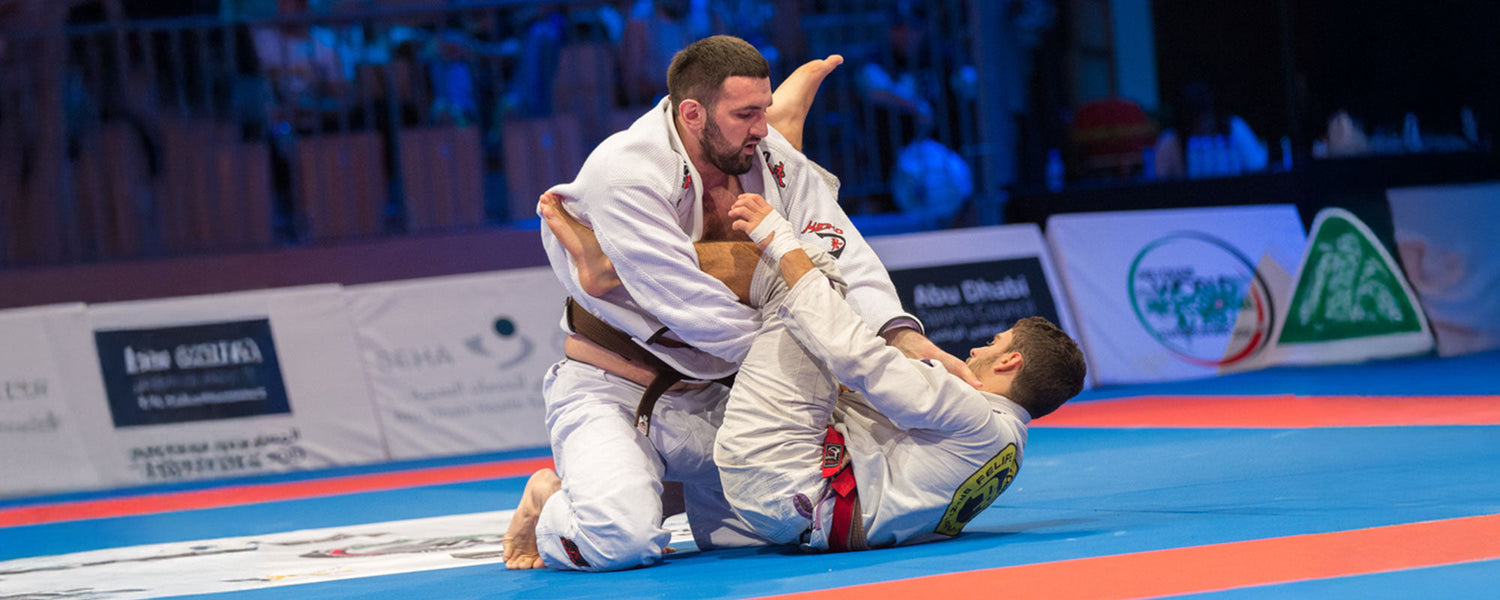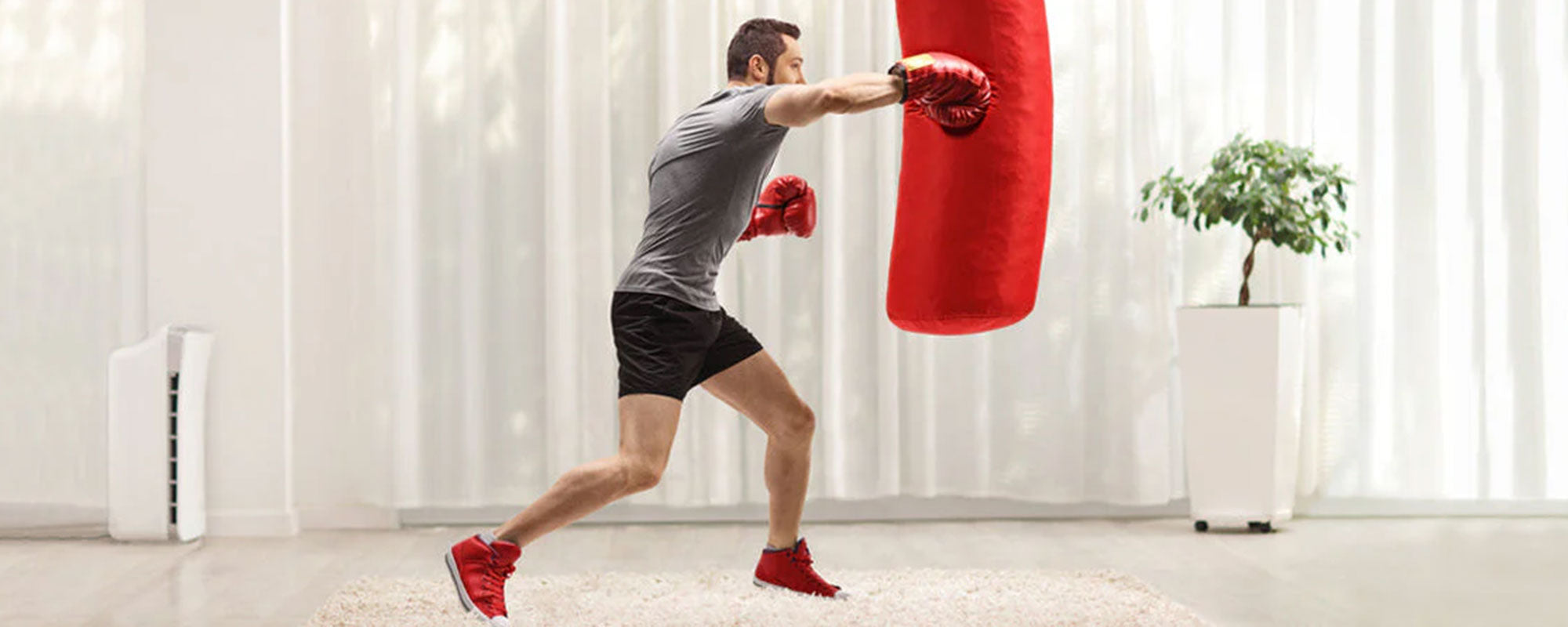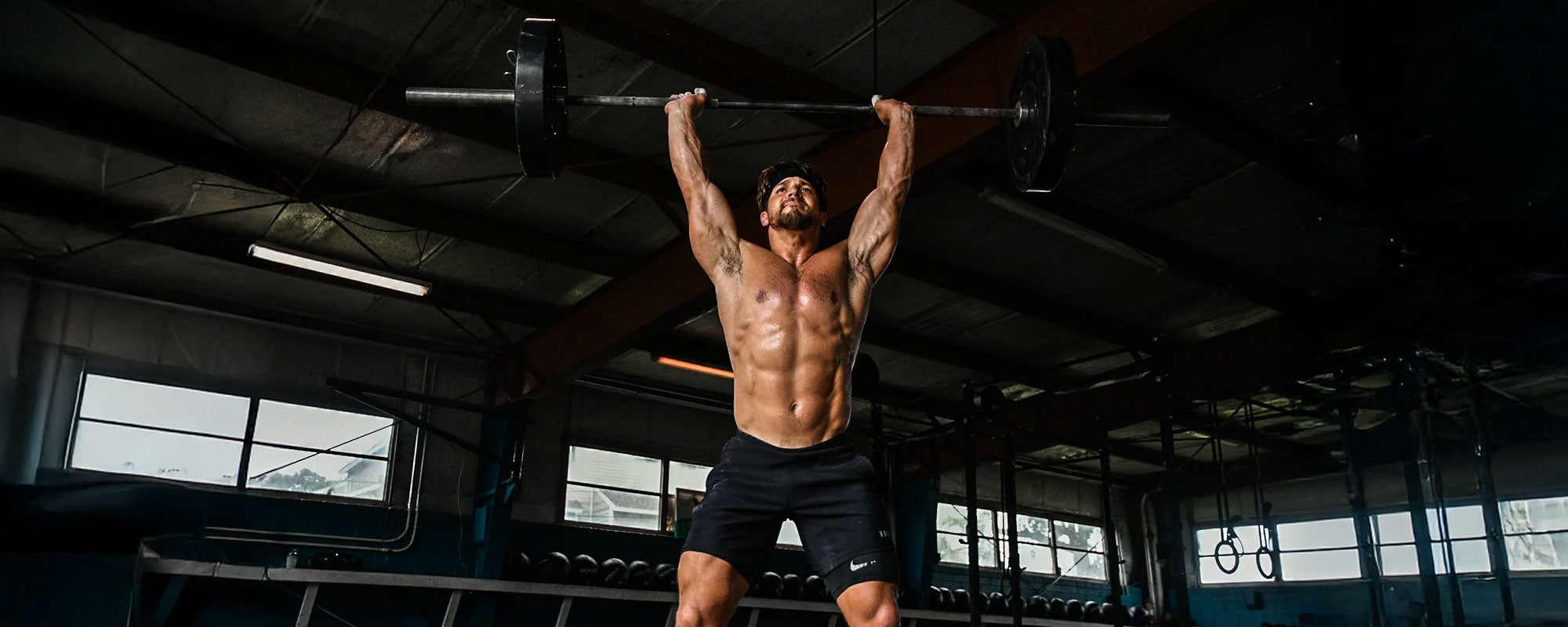Table of content
To compete in IBJJF competitions, you need to have the right weight, physical fitness, and effective technique to win. But having all these things in your arsenal is not enough to go ahead in the competition.
You are also required to follow the regulations set by the respective federation. Therefore, if you are a beginner, you must be aware of the designated rules to compete and win instead of getting disqualified or penalized.
In this post, you will learn 17 of the most important competition rules set by IBJJF to follow during competitions to avoid any kind of trouble or giving away your matches unknowingly.
1. Countering a Sweep is Not a Throw
According to the rule book of the IBJJF, a BJJ athlete who defends a sweep by throwing the opponent back to the ground does not get any points. Irrespective of the magnitude of the throw, if you land in the guard position, the opponent gets no point.
BJJ referees do not grant points if you land in the same position as you were at the start of the move. However, improvement in position is what gives you points and an advantage over your opponents.
2. Pulling Guard Against Guard is a Sweep
Sometimes BJJ fighters find it hard to pass the opponent's guard and try to pull the opponent's guard into their guard by falling back and costing two important points for a sweep. Even if you do so by placing a foot lock, if the opponent is able to escape and stays on top, you will lose 2 points. Therefore, it will be vital to pull guard before the opponent does so, or more importantly, try to pass their guard and mount them to get an advantage and secure important points.
3. Taking Back is Not Guard Passing
Guard passing is defined as the movement from an opponent’s legs to a position where one is clear. This can be done from side control, knee on belly, mount, or north/south. However, taking the back of the opponent does not count as guard passing and you get no points for it.
Taking the back can give you 4 points, however, if you manage to get your hooks in. You can lose these points if your legs are triangled or your feet are crossed around the opponent. Though taking the back is an advantageous position in BJJ fights, you cannot utilize it for scoring points like guard passing.
4. You Cannot Back Off from Guard
Unlike in MMA and other competitions, in BJJ, you are not allowed to back off from the opponent's guard if they sit down. Your only option is to pass the guard. If you back up, the referee will penalize you. It means you cannot force your opponent to stand up during the fight. Therefore, while competing, you should keep that in mind so that you do not concede any penalty points.
5. Reaping Leg is Not Allowed
Reaping the leg is an illegal move according to the IBJJF’s rule book. Bending the opponent's leg inwards attacks the knee in the same way as the heel hook does, which is also a prohibited move in BJJ. Therefore, if you are aiming to attack your opponent’s legs, make sure that you are bending them outwards.
This move is not just illegal in itself, but pretending that the opponent is reaping your knee is also illegal and can result in penalties. Therefore, do not push your opponent’s feet to make them look like they are reaping your knees.
6. Slamming is Prohibited
All types of slams are prohibited in IBJJF competitions. The IBJJF does not permit athletes to pick up opponents and slam them to the ground in any way. Whether you go for slamming an opponent from the closed guard, from the back, or even an armbar, it will result in a straight disqualification.
From white belts to black belt practitioners, no one is allowed to do so. The IBJJF has quite strict regulations against slamming. In addition to slamming, spiking the head is also not allowed in a BJJ competition.
7. Do Not Object on Referee’s Decisions
Irrespective of your belt rank, you are not allowed to argue with the referee. Unlike in the past, when fighters would try to convince referees to change their decisions, BJJ has designated the referee as the supreme authority whose verdict will be considered a standing decision for the match. Despite the fact that the IBJJF now considers it a serious foul and has given referees the authority to panelize fighters who try to argue with them, their decision stands.
Therefore, try to stay focused on your techniques and game instead of indulging in lengthy talks with the referee (or your opponent) and getting penalties. Accept the referee’s decisions on calling points without objections. It should be your jiu-jitsu that does the talking and convinces referees to give decisions in your favor.
8. Leaving the Mat to Escape Submissions Can Cause DQ
A BJJ fighter is allowed to leave the mat only when the referee decides the winner. Getting off the mat when you're stuck in any mount, sweep, or choke to escape can lead to an immediate DQ. However, there is one exception too. If a fighter goes off the mat accidentally while trying to escape from an opponent's submissions, they will not get disqualified but concede 2 points. However, the match will go on even outside the boundary, and no referee will stand the players up should they deem it undisturbing for the other matches.
But going out of the mats on purpose can cost you the match, like a few years ago, when Abraham Marte got disqualified in his match against Rodrigo Cavaca at the World Championships for picking his opponent up and walking off the mat when Cavaca had a triangle on him.
9. Side Control Holds No Points
Some positions are point-worthy, while others are not. According to the IBJJF's rule book, side control is one of the positions that does not award any points. The mount and knee on the belly are the positions that give you points.
For example, if you throw or pass your opponent's guard and get into any of these two positions, you will get points for throwing, guard passing, and position, but if you go into the side control position, you will get points for throwing and guard passing only.
10. Sweeps Always Involve Legs
According to the IBJJF’s competition rules, a successful sweep counts for 2 points in BJJ tournaments. However, to get merit full points, legs are essential to participate in during the reversal from the bottom position to the top. Sweeping by bridging and rolling opponents off might be a good technique, but it is not worth any points. The best way to use a sweep is to start it in the guard or half guard position.
11. Neck Cranks Are Allowed Only When Used as a Part of Choke
Neck cranks are one of the most brutal BJJ submissions, that is, hyperextension of the neck joints with spinal lock. That is almost twisting the neck, which is prohibited. By applying this technique, you might get disqualified promptly. However, the legit way to use this technique is through its inclusion in the rear naked choke. If you get entangled in this submission, tap out as soon as you feel discomfort, otherwise it can lead to a serious neck injury.
12. Rules for Kids and Lower Belts Are Not Same
There are different belt divisions depending on the age and skill level in BJJ. Therefore, there are different regulations for each. Kids and lower belts are not allowed to use many of the techniques that are allowed for higher belts.
Kids at all levels are not allowed to go for Ezequiel, omoplatas, or guillotine chokes. Similarly, white and blue belt holders are not allowed to use calf slicers, kneebars, toe holds, and bicep slicers.
So, competitors from each category and belt rank should consider particular rules to avoid getting disqualified.
13. You Do Not Get Too Much Time to Tie Your Belt
Many times, belts fall off while fighting. If you face such a situation, do not ask the referee to stop the match to tie your belt. Keep on fighting until the referee finds it and tells you to tie your belt.
In case, if the referee asks you to tie your belt, it does not mean you have time for a breather; you have just 20 seconds to do so. If you take more time than that limit, you will get a penalty.
14. You Can Get Disqualified Before You Get on the Mat
Even before you step on the mat, there are things that can get you disqualified. You have to pass certain tests. For example, if you fail to meet the right amount of weight while wearing your BJJ Gi, you cannot participate in the competitions. Similarly, if your attire is not as per the IBJJF’s set uniform standards, you need to replace it, or get ready for disqualification.
15. Remember Points, Advantages and Penalties
While fighting, one is required to keep an eye on their points, advantages, and even face penalties to be aware of when to use any technique to get ahead of the opponent. For example, when you are down in points, you might not be able to submit your opponent. If you keep track of all of these aspects while fighting, it helps you strategize your attack according to the situation.
If you are equal in points with your opponent, the referee will consider advantages first, and if advantages are also the same on both fighters’ accounts, the number of penalties will be counted. If penalties are also equal, then the referee has the authority to decide in favor of any fighter who comes close to scoring an advantage according to his observations.
16. Do Not Stall Unless You Are at A Top Position
The IBJJF does not allow fighters to stall after scoring some points. Though it might seem tempting to coast to victory by running down the clock, in BJJ, this can lead you to penalties. In that case, you get four penalties for stalling.
However, if you are in top positions like mount or the back, you can cruise now. This is because you cannot climb to any higher position. So, while fighting, keep this in mind and do not stall before reaching the top positions.
17. All Throws are not allowed
Though in combat sports like judo, MMA, and wrestling, some types of throws are allowed, all types of throws and suplexes are prohibited in BJJ. The IBJJF does not permit you to simply pick up your opponent and slam them to the ground.
Specifically, throws like flying scissors and suplexes in which it is likely to hit an opponent's head to the ground are strictly prohibited to keep fighters safe from any kind of serious injuries.
18. Takeaway
Irrespective of your belt rank in BJJ, to stay compliant with the IBJJF’s competition rules, you must follow them in all IBJJF competitions. Due to unfamiliarity or ignoring these regulations, a lot of fighters get disqualified or face penalties during BJJ fights.













Leave a comment
This site is protected by hCaptcha and the hCaptcha Privacy Policy and Terms of Service apply.